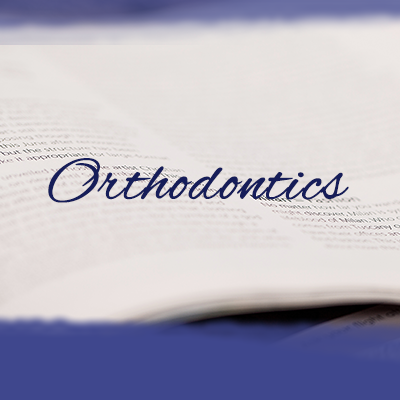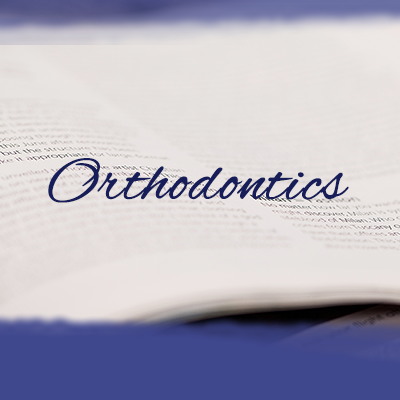Safety Considerations for Thermoplastic-Type Appliances Used as Orthodontic Aligners or Retainers. A Systematic Review and Meta-Analysis of Clinical and In-Vitro Research
The use of thermoplastic material in orthodontics, either as aligners or as retainer appliances, is common practice and is likely to increase in the years to come. However, no systematic assessment on safety considerations of these adjuncts has been implemented up to date.
The aim of this systematic review was to collectively appraise the existing evidence from both clinical and laboratory studies, on whether these appliances are associated with any estrogenic/cytotoxic effects of bisphenol-A (BPA) and monomer leaching. Eight electronic databases were searched with no limits on December 22, 2019, for published and unpublished research.
Eligibility criteria comprised of studies of any design, describing the use of any type of thermoplastic aligner. Study selection, data extraction, and risk of bias (RoB) assessment were done independently, either in duplicate or confirmed by a second reviewer. Random effects meta-analyses of weighted mean differences (WMD) with associated 95% Confidence Intervals (CIs) were planned.
The quality of the evidence was evaluated with the Grading of Recommendations Assessment, Development, and Evaluation (GRADE). A total of 58 articles were initially identified, while 5 were included in qualitative synthesis, and 2 of those contributed to the quantitative syntheses.
Four studies were in-vitro, while one was a randomized controlled trial; all assessed some type of orthodontic aligner or retainer, either as-received or retrieved. The risk of bias recordings ranged between unclear and high for all studies.
Proliferation induction capacity of thermoplastic appliances’ eluents on MCF-7 cells failed to be confirmed compared to beta-estradiol (2 studies: 5% v/v, WMD: −182.08; 95% CI: −198.83, −165.33; p-value < 0.001; and 20% v/v, WMD: −184.53; 95% CI: −206.17, −162.88; p-value < 0.001).
No cytotoxic activity was detected as well. In addition, although evidence from in-vitro studies was indicative of no traceable detection of BPA or other monomers, the findings from a single clinical trial were allied to increased levels of BPA in whole stimulated saliva, after up to 30 days of thermoplastic retainer usage, compared to standard Hawley retainer.
The quality of the evidence overall was low to medium. Current data from in-vitro research are indicative of an absence of an estrogenic or cytotoxic effect of thermoplastic aligners or retainers. Regarding BPA or monomer release, evidence from clinical and laboratory studies appears inconsistent.





